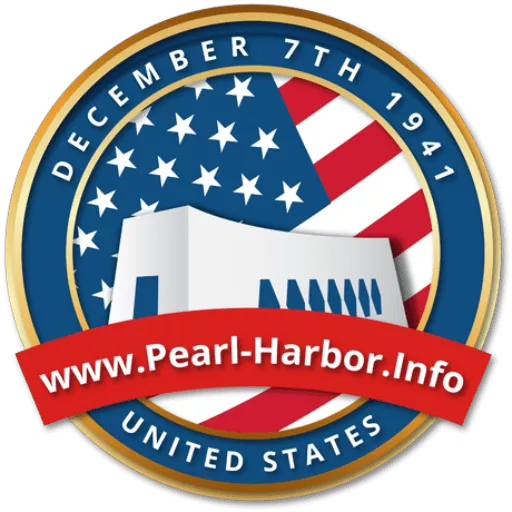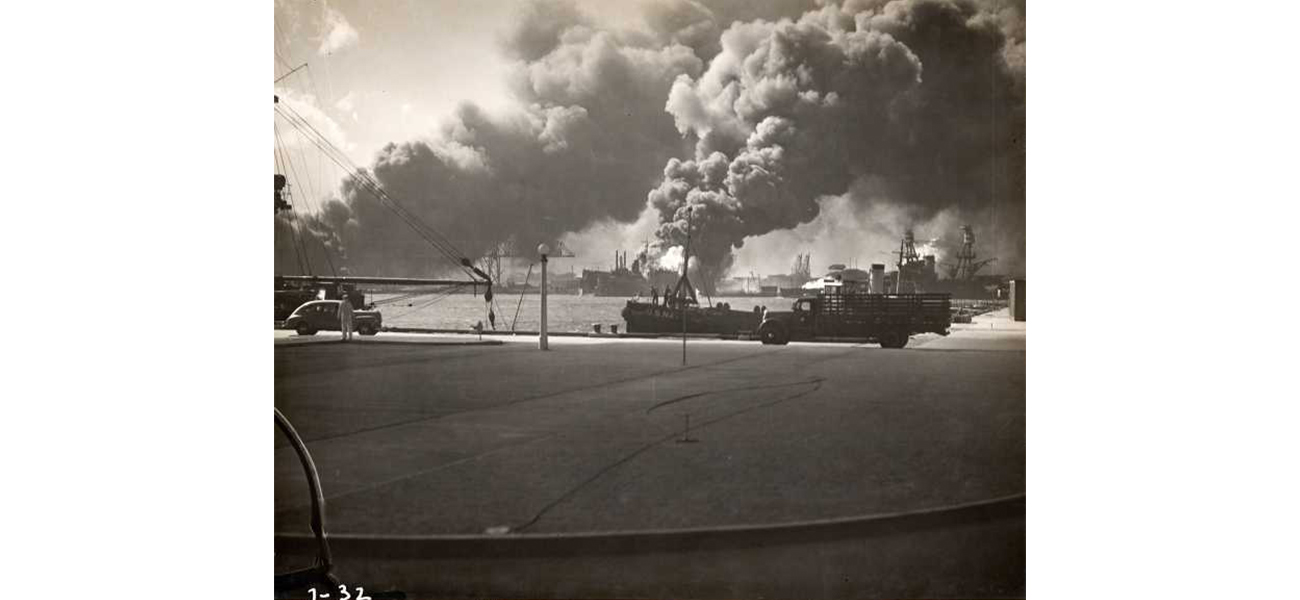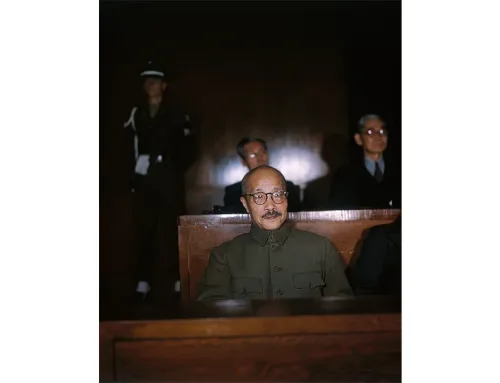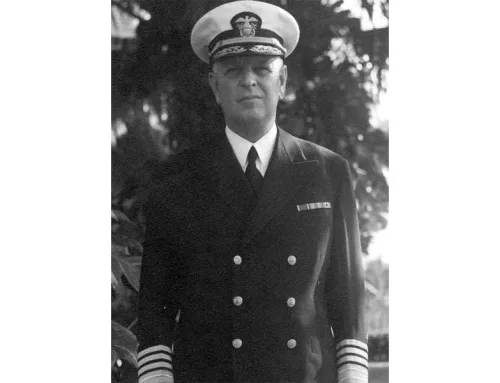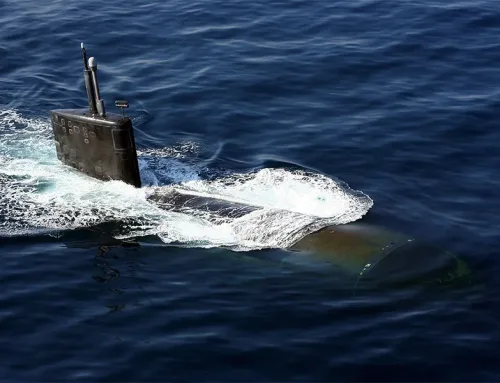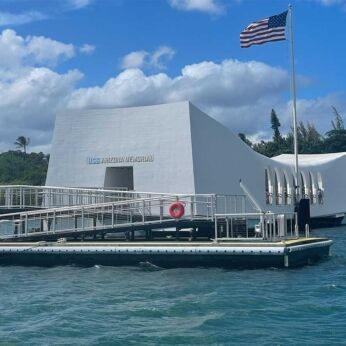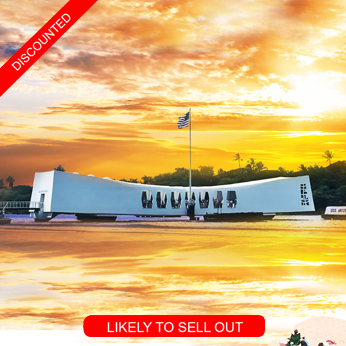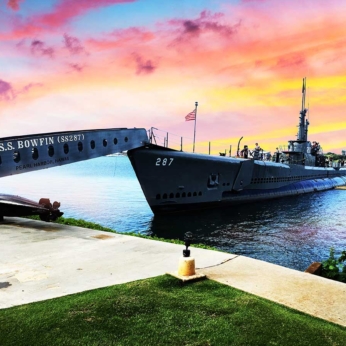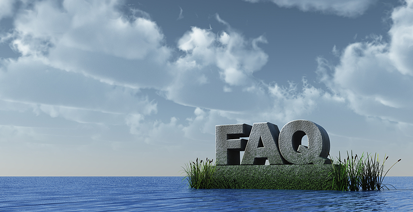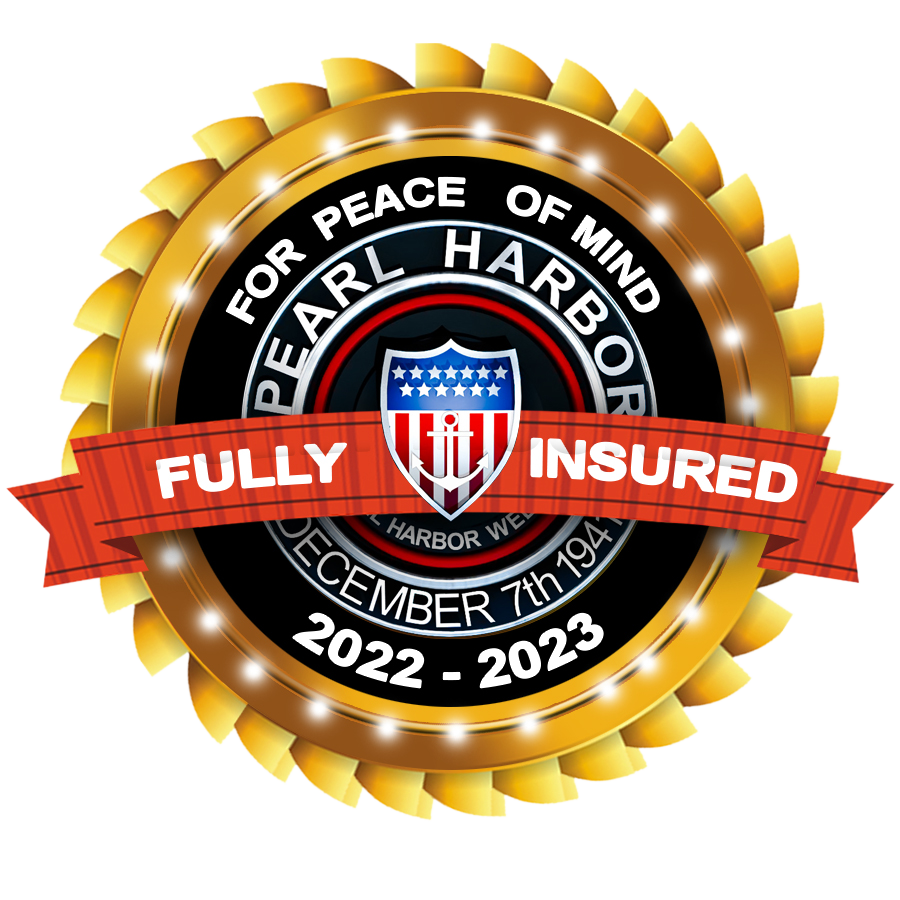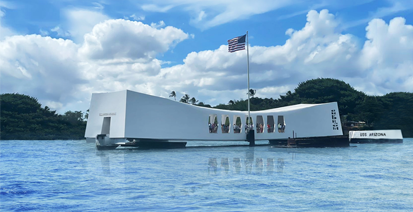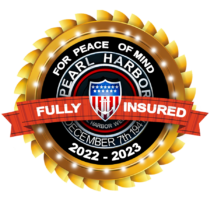Reactions to Pearl Harbor from the Man on the Street
User:Makthorpe, Public domain, via Wikimedia Commons
Before the attack, America in 1941 was still grappling with the Great Depression’s aftershocks. Life was slowly getting back to normal, and the specter of war in Europe was distant, almost surreal. Families gathered around radios for news and entertainment, while newspapers delivered the day’s happenings. The average American was more concerned with daily life than foreign conflicts, making the surprise attack on Pearl Harbor all the more jarring.
When the first news of the attack broke, disbelief was the common reaction. How could this happen on American soil? Initial reports were chaotic, with fragmented information trickling in, leading to confusion. Radio broadcasts interrupted regular programming, and newspapers rushed out special editions. People gathered around radios in homes, shops, and public spaces, trying to make sense of the unfolding disaster. First-hand accounts often mention the surreal feeling of hearing about the attack and the eerie silence that followed as the gravity of the situation sank in.
The emotional rollercoaster that followed was intense. Fear and uncertainty gripped the nation – if Pearl Harbor could be attacked, what was stopping an enemy from striking the mainland? Anger quickly followed, with calls for retribution echoing across towns and cities. The public’s sympathy for the victims was palpable, as stories of the fallen and survivors began to emerge. Many felt a personal connection to the tragedy, despite being thousands of miles away.
Communities responded by coming together in solidarity. Public gatherings and rallies were organized almost spontaneously. Local leaders gave impassioned speeches, urging calm but also emphasizing the need for a strong, united response. These gatherings became a source of comfort and collective strength, reinforcing the idea that America would not back down.
The media played a crucial role in shaping public perception and reaction. Newspaper headlines screamed at the attack, with bold, black typefaces conveying the urgency and gravity of the event. Radio broadcasts provided real-time updates, with reporters describing the scene in Hawaii and relaying official statements. Personal stories shared through the media brought a human element to the tragedy, making the distant attack feel much closer to home.
President Franklin D. Roosevelt’s address to the nation was a pivotal moment. His words, “a date which will live in infamy,” resonated deeply, capturing the national sentiment. The government’s swift actions, including declaring war on Japan, were met with widespread approval. Changes in policies and security measures were swiftly implemented, altering daily life and heightening the sense of urgency and preparedness.
Economically, the attack caused immediate disruptions. Industries retooled for war production, and jobs in defense plants became plentiful. The shift also brought long-term changes, with certain industries booming due to the war effort. This economic mobilization helped pull America out of the lingering effects of the Great Depression, albeit through the grim catalyst of war.
Socially, life in America changed overnight. Blackouts, air raid drills, and rationing became part of daily routines. The attack also had a darker side, leading to suspicion and prejudice against Japanese-Americans, culminating in internment camps that left a lasting stain on American history.
In the months following the attack, public opinion solidified in favor of the war effort. There was a growing understanding that the conflict would be long and arduous, but the resolve remained strong. Reflections on the attack and its implications were common in public discourse, influencing decisions and policies long after the event.
The reactions to Pearl Harbor from the man on the street were complex and multifaceted, reflecting a nation in shock, anger, and eventual resolve. This event not only changed the course of World War II but also left a lasting legacy on American society. The collective response highlighted the strength and resilience of ordinary people, united by an extraordinary event.
Most Popular Oahu Tours
Best Pearl Harbor Tours

The following tours are recognized as the most popular Pearl Harbor Tours on Oahu. While generally, our price is the lowest in the market now, for a limited time, they are on sale too. Please be advised that Pearl Harbor tickets and USS Arizona Memorial tickets are included in all of our Arizona Memorial Tours, Pearl Harbor small group tours, and private Pearl Harbor tours.
